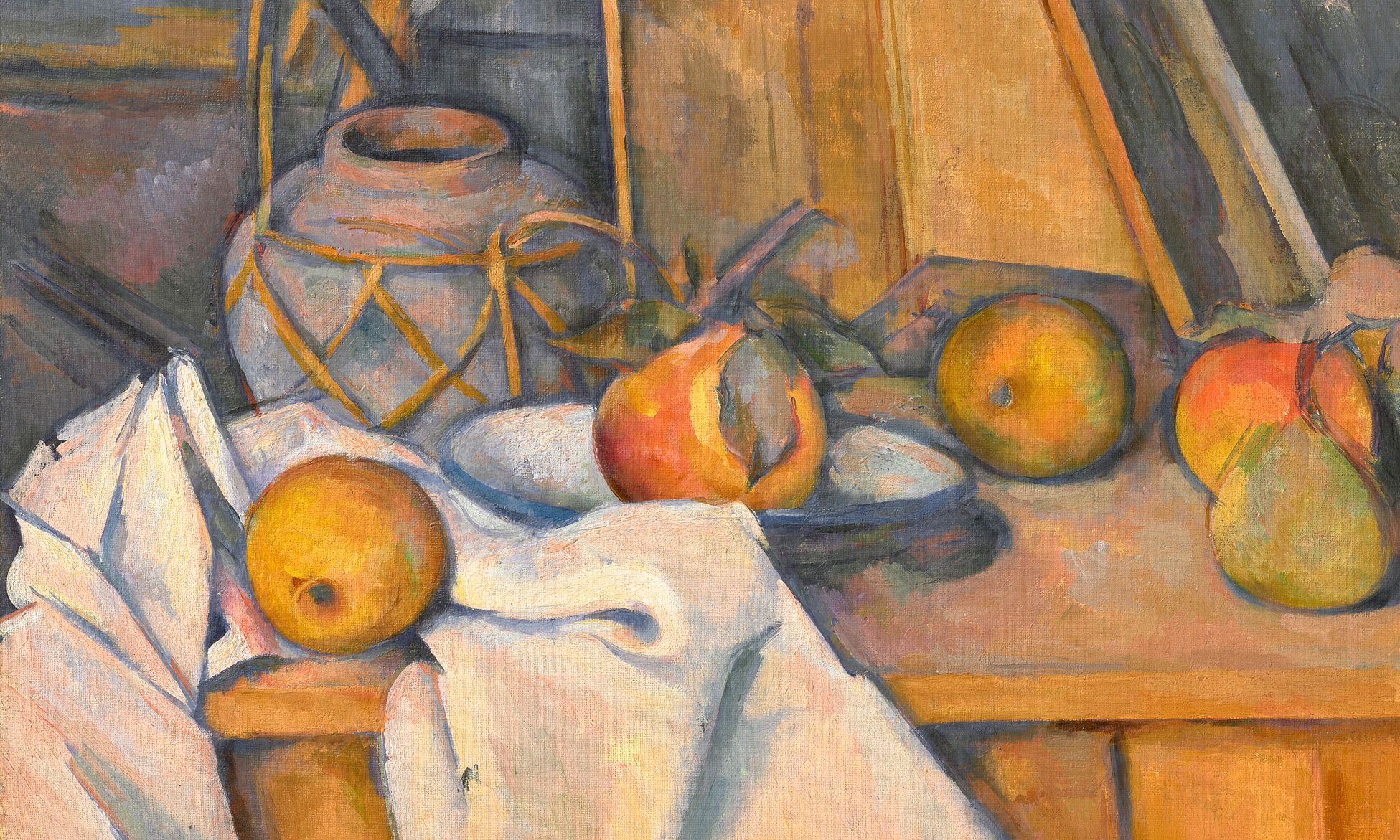Paul Cezanne’s Fruits et pot de gingembre (fruit and pot of ginger, around 1890-93) © Christie’s Images
The Museum Langmatt in Baden, Switzerland, has provoked an outcry with its intention to sell three paintings by Paul Cézanne. The works are among the more valuable pieces in its small collection and will be sold at Christie's New York in November.
The museum houses the Impressionist art collection of Sidney and Jenny Brown—of around 50 works in total—in a villa designed for them, where the family lived for two generations. The collection and house were bequeathed to the city of Baden in 1987. The Browns earned their fortune in engineering and founded Brown, Boveri & Cie., which grew into the multinational corporation known today as ABB.
The city of Baden and the Langmatt Foundation say they need to raise SFr40m ($44.4m) to keep the museum operating, and the foundation plans to use the revenue from the art sales to set up an endowment fund to secure its future.
But critics say the paintings on offer at Christie’s 20th Century Evening Sale on 9 November are among the jewels of the collection, especially Cézanne’s Fruits et pot de gingembre (fruit and pot of ginger, around 1890-93).
“It is outrageous,” says Tobia Bezzola, the president of the Swiss branch of the International Council of Museums (Icom). “For Icom, this is an absolute no-go. We have written an official letter to the foundation. They are selling off core elements of the collection to finance future operating costs.”
Cezanne’s Quatre pommes et un couteau (four apples and a knife, 1885) © Christie’s Images
Bezzola also warns that the sale could set “an enormously dangerous example” to other museums. “Cities and cantons in Switzerland are very often tempted to propose the sale of artworks to cover the operating costs of museums,” he says. “It is so very short-sighted.”
Icom’s guidelines on deaccessioning objects from museum collections stipulate that “in no event should the potential monetary value of an object be considered as part of the motive for determining whether or not to deaccession.”
Christie’s describes the format for the sale as “unique”, in that if the first lot, Fruits et pot de gingembre, fetches the target amount of around $44.4m, then the remaining two paintings will be withdrawn from the auction. The still life is estimated to fetch between $35m and $55m.
The other two works on offer are Quatre pommes et un couteau (four apples and a knife, 1885) and La mer à L’Estaque (the sea at L’Estaque, 1878-79).
Markus Stegmann, the director of the Museum Langmatt, concedes that the sale is “painful,” but says it is a last resort to save the museum after alternative efforts to raise funds to keep the Langmatt Foundation afloat failed. The museum is also in desperate need of renovation, which is to be financed by the city of Baden, the canton of Aargau and individual donors, with the foundation itself contributing some funds.
Cezanne’s La mer à L’Estaque (the sea at L’Estaque, 1878-79) © Christie’s Images
“The foundation is almost insolvent,” Stegmann says. “This is an emergency measure. I understand the reactions—the concern and the fears—but it is about the very existence of the museum and its collection. Our goal is to invest the money in a fund that will ensure us the income of SFr1m per year that we need to keep the museum going.”
Alfred Sulzer, a former president of the board of the Langmatt Foundation and a great-nephew of the Brown couple, said he is convinced the planned sale violates the deeds of the foundation and goes against the conditions in the donor’s will. His lawyer wrote to Christie’s in early October, asking the company to inform potential buyers of his view that the sale is illegal. Sulzer says that if the sale proceeds he “will pursue this to the highest court in Switzerland”.
But Stegmann says the foundation is confident that the sale is permissible under its rules. “The process of making this decision has taken several years,” he says.

